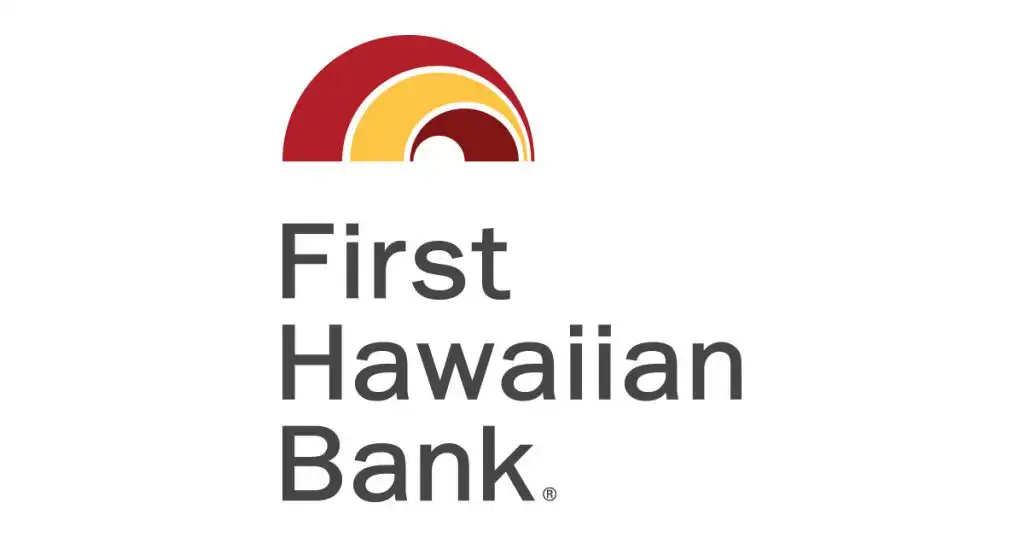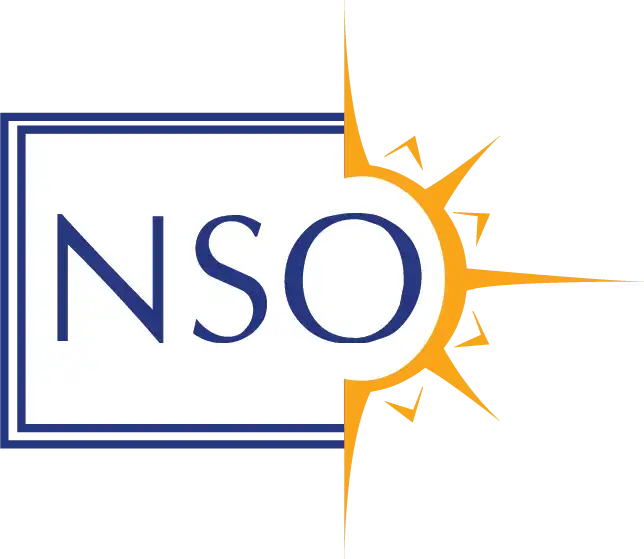100,000 Pounds of Marine Debris Removed from Papahānaumokuākea
Approximately 100,000 pounds of marine debris was removed from sites within the Papahānaumokuākea Marine National Monument.
The mountain of marine debris was loaded aboard 12 shipping containers and was transported to Honolulu from Midway Atoll aboard the charter vessel Kahana.
The debris was collected from the reefs and beaches of Midway and Kure Atolls over the last six years and stored on the tarmac at Midway until it could be removed and shipped to Honolulu.
Now, through the Nets to Energy Program, it will be processed by Schnitzer Steel Corporation and transported to the City and County of Honolulu’s H-POWER plant (a Covanta Energy Corporation facility), where it is being incinerated to produce electricity.
“The success of this project is linked to effective inter-agency coordination, communication and action,” said Jason Misaki, Oʻahu Wildlife Manager, DLNR’s Division of Forestry and Wildlife. “Marine debris in the Monument affects all partners, making joint efforts like this one extremely instrumental to our continued protection of resources.”
Monument representatives say marine debris is a potentially lethal entanglement and ingestion hazard for wildlife—including threatened Hawaiian green sea turtles and endangered Hawaiian monk seals.
Plastic debris and fishing line are often ingested by wildlife such as seabirds and can lead to their starvation and death, according to state officials.
Authorities say that at Midway and Kure Atolls, plastics, derelict fishing gear and other marine debris is present in nests along the beach and often consumed by albatross chicks.
It is estimated that more than five tons of plastics end up on Midway Atoll each year because adult albatrosses feed their chicks plastics they forage in the ocean, mistaken for food. Plastics break down into smaller pieces but never go away, affecting all levels of the ocean ecosystem.
“Marine debris is not something you can clean up just once; it takes a sustained effort over time,” said US Fish and Wildlife Service Superintendent Matt Brown. “By working with the state of Hawaiʻi, Office of Hawaiian Affairs and NOAA, we can accomplish more than any one agency on its own to clean up marine debris and educate the public to prevent it from entering the ecosystem.”
Each year the USFWS, the State of Hawaiʻi, and the National Oceanic and Atmospheric Administration staff and volunteers collect tons of marine debris from the atolls and throughout the Monument.
“With the high rate of marine debris accumulation in the Northwestern Hawaiian Islands, removing debris is imperative to ensure the health of this valuable habitat and the species that call it home. We are happy to have the opportunity to work with partners on this important initiative,” said Mark Manuel, NOAA Marine Debris Program Pacific Islands Regional Coordinator.
This marine debris removal effort represents a collaborative partnership between the USFWS, State of Hawai‘i DLNR’s Division of Forestry and Wildlife, NOAA’s Pacific Islands Fisheries Science Center, NOAA’s Marine Debris Program, NOAA’s Office of National Marine Sanctuaries and Papahānaumokuākea Marine National Monument. Special thanks go to Nets to Energy Program, Schnitzer Steel Co. and Covanta Honolulu/H-POWER for their support of this project.

Agencies Remove Estimated 100,000 Pounds of Marine Debris from
Papahānaumokuākea. PC: NOAA IRC/NOS/ONMS/PMNM

Agencies Remove Estimated 100,000 Pounds of Marine Debris from
Papahānaumokuākea. PC: NOAA IRC/NOS/ONMS/PMNM

Agencies Remove Estimated 100,000 Pounds of Marine Debris from
Papahānaumokuākea. PC: NOAA IRC/NOS/ONMS/PMNM

Agencies Remove Estimated 100,000 Pounds of Marine Debris from
Papahānaumokuākea. PC: NOAA IRC/NOS/ONMS/PMNM

Agencies Remove Estimated 100,000 Pounds of Marine Debris from
Papahānaumokuākea. PC: NOAA IRC/NOS/ONMS/PMNM

Agencies Remove Estimated 100,000 Pounds of Marine Debris from
Papahānaumokuākea. PC: NOAA IRC/NOS/ONMS/PMNM

Agencies Remove Estimated 100,000 Pounds of Marine Debris from
Papahānaumokuākea. PC: NOAA IRC/NOS/ONMS/PMNM

Agencies Remove Estimated 100,000 Pounds of Marine Debris from
Papahānaumokuākea. PC: NOAA IRC/NOS/ONMS/PMNM

Agencies Remove Estimated 100,000 Pounds of Marine Debris from
Papahānaumokuākea. PC: NOAA IRC/NOS/ONMS/PMNM

Agencies Remove Estimated 100,000 Pounds of Marine Debris from
Papahānaumokuākea. PC: NOAA IRC/NOS/ONMS/PMNM











